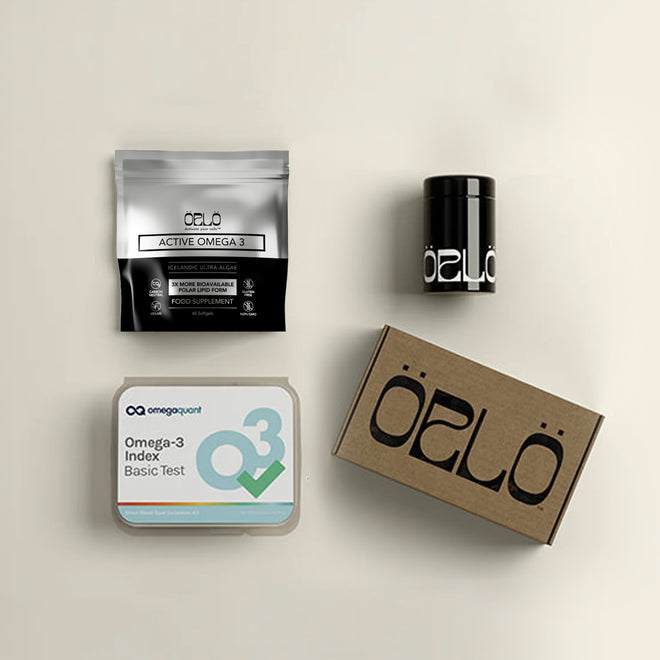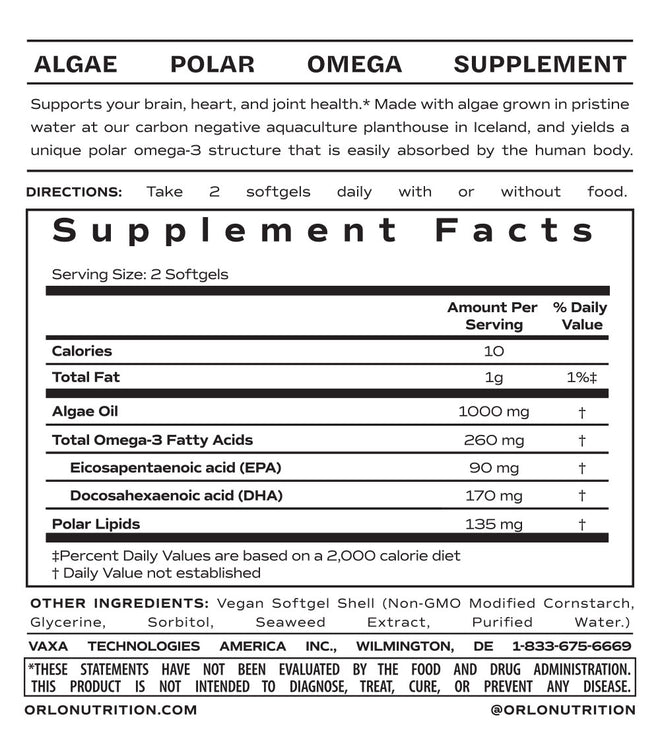25% Off - use code: HOLIDAYS
Supercharge Your Heart Health
With Valentine’s day in the rear-view mirror, it’s time to put away the candy hearts and shift our focus to the center of our chests. In this article, you’ll learn why your cardiovascular system rules your body’s health, and what you can do to supercharge your health.
You could argue that your heart is the most important organ in your body. It never stops beating. It works day, and night – and while you can hold your breath for a while, and you can fast to give your digestive system a break – your heart just keeps thu-thumping through every day and night.
To supercharge your heart is to supercharge your health. Giving your body the vital nutrients it needs to build healthy cells from the inside out, taking on a daily exercise practice, and making time to rest, reflect, and meditate each day supports your heart’s health. Here are some tips to help keep your heart healthy and strong.

-
Get moving. Studies show that taking a 30 minute brisk walk every day improves cardiovascular health. If you can, go further and longer! Working up to 60 minutes while increasing your pace produces even better results! You can also mix it up with weight bearing exercises. Keep your sets “tight” without long breaks to ensure your weightlifting routine gets you breathing more quickly. This can strengthen your muscles, your cardiovascular system, and help strengthen your bones – all at the same time.
-
Do breathing exercises (or meditate) at least once a day. This has been shown to reduce cortisol levels (stress markers) in your body and therefore reduce your body’s inflammation. Even taking a “mindful minute” to close your eyes and breathe deeply every hour or two can help.
-
Get more sleep! While many people can function on less sleep, getting a solid 8 hours a night is optimal for most. While you may not be there yet, developing a healthy bedtime routine is half the battle. Many experts advise to keep screens out of the bedroom – and also that the bedroom be reserved for the S’s – sex and sleep. Do that, and you’re on your way to healthy, deeper sleep.
-
Eat a plant-centered diet, rich in whole foods and whole grains. Consider stocking your refrigerator with vegetables and fruits that are in season and that you love. Aim to eat one large salad each day. This provides critical micronutrients along with prebiotics and fiber to maintain a healthy digestive system -- but watch out for that salad dressing! It can contain high levels of omega-6s from seed oils, and saturated fat.
- Balance your fats. Aim to get your omega-6:omega-3 ratio down from the average 15:1 to 3:1 or even 1:1. This provides cardioprotective benefits, reducing your vLDL cholesterol (think BAD cholesterol) while also improving your HDL levels (healthy cholesterol). A diet that is considerably higher in omega-6 than omega-3 is considered Moving closer to that 1:1 ratio helps your body’s inflammatory system return to normal. This supports better, less restricted blood flow and healthy, more supple arteries.
How do you “balance your fats”?
-
Limit consumption of saturated fats and eliminate trans fats (partially or fully hydrogenated oils). Saturated fats and trans fats are stable at room temperature and have a long shelf-life which is why they are present in so many packaged foods. Saturated fats are also high in dairy, meats, and other animal products. Trans fats are man-made and are one chemical molecule away from being plastic. They are health degrading. Read your labels and look for hydrogenated oils – these are trans fats!
-
Limit omega-6 consumption. Omega-6s are highest in shelf-stable cooking oils including corn, canola, soy, peanut, and safflower oils. Consume olive oil or avocado oil which are rich in omega-9, instead of these oils. Remember that omega-9s have a lower flash point and shouldn’t be used to cook foods at high temperature. Dairy products and meats should be limited as well, since they provide the most active of the omega-6s, arachidonic acid, which promotes inflammatory prostaglandins, leukotrienes, and cytokines in your body. Therefore, choosing to consume dairy and meats as more of a condiment, rather than the main course, is advisable.
-
Increase consumption of omega-3 containing foods including walnuts, chia and flax seeds. If you eat fish, eat SMASH fish (sardines, mackerel, anchovies, salmon, herring), as they are lower on the food chain and therefore bioaccumulate fewer toxins. They are also highest in omega-3s. Also consider whether they were sustainably harvested (wild) or farmed. Farmed fish often hide behind clever branding like “Atlantic Salmon” or “Norwegian Salmon”. Many of these fish sources have color added to make their meat look healthier. If it doesn’t say WILD boldly on the label, it is farmed.
- Supplement with a highly bioactive polar omega-3 that contains EPA and DHA. Örlö’s Omega-3 or DHA products are the perfect solution here. They provide polar lipids from the original source of EPA and DHA – ALGAE! Polar lipids are best absorbed by our bodies because this is the form in which they are integrated into our cells. Plus, algae-sources are vegan, non-GMO, and they don't negatively impact the environment.
While the ideal omega-6:omega-3 ratio is between 3:1 and 1:1, most Americans consume 20x more omega-6 than omega-3. Recent studies have even shown >75% of vegans are deficient in omega-3.
So, what are EPA and DHA and how do I ensure I am getting enough of these essential fats?
Eicosapentaenoic acid (EPA) and docosahexaenoic acid (DHA) are the most bioactive omega-3s. While our bodies can make EPA and DHA from the plant-sourced essential omega-3, alpha linoleic acid (ALA), found in walnuts, chia and flax seeds, the process is inefficient. The best option is to go to a direct source of EPA and DHA so you’re sure the supplement boosts your total body health. While fish oil is a common source of EPA and DHA, most don't realize that fish actually get their EPA and HA from the algae they consume.
That’s right. You don’t even need to go to fish anymore to get your EPA and DHA. Algae-based omega-3s in the polar lipid form are best absorbed for optimal effect.

Together, EPA and DHA stimulate resolvins which help to resolve inflammation and protectins which protect your DNA from damage. While research has focused on EPA for its cardioprotective abilities, and DHA for brain and nervous system health, both of these fats work together synergistically in the body. Synergistic in this context means that the sum of their actions is greater than either one on its own.
Dieticians, clinicians and doctors alike continually echo the same message. By adopting a healthy, plant-rich whole foods diet, moving our bodies and managing our stress levels, we reset our bodies inflammatory systems, and restore health. They also agree that even the healthiest routine isn’t enough when it comes to omega-3s. Most now recommend that if you aren’t eating SMASH fish at least twice a week, you should consume 250 mg – 500 mg of EPA and DHA each day to safeguard your health.
If polar lipids are better absorbed, do I still need to consume an additional 250 mg – 500 mg per day?
Polar lipids are more quickly utilized by the body, because they are in the same form your cells use. This means they get straight to work supercharging your health – without that fishy burp. Polar lipids are what comprises the membranes of every cell in your body. This is the form that your tissues need. They are up to 3x more bioavailable than fish oil. Since healthcare practitioner recommendations are based on fish oils, and since consuming 250 mg of Örlö’s Polar Omega-3s per day is equivalent to consuming 750 mg of a competing fish oil – you’re getting more impact in a smaller soft gel.
Can’t I get enough omega-3s EPA and DHA from eating a plant-based diet?
A well-functioning body would require roughly 16X more ALA than EPA and DHA to give your body the essential nutrition it needs to thrive. That would mean consuming more flax oil, chia seeds, and walnuts (and a lot more calories) than your body wants or needs. Even the mindful vegetarian or vegan consumes far more omega-6s than omega-3s, pulling their systems out of balance.
Common culprits that can throw your omega-6:omega-3 ratio out of balance are packaged foods, fried foods, baked goods, salad dressings, and animal products.
Key Takeaways:
- Get moving, breathe, and nourish your body to supercharge your heart.
- Balancing your omega-6:omega-3 ratio is critical for a healthy inflammatory system.
- The omega-3s EPA + DHA are cardioprotective and help regulate inflammation.
- You can get EPA and DHA from the original source – ALGAE (fish get theirs from algae too!).
- Get your omega-3s in the polar lipid form – which is up to 3x more bioavailable than fish oil.
- Örlö Nutrition’s algae-based omega-3 products provide EPA + DHA in the best absorbed polar lipid form for optimal results in a smaller, vegan and responsibly sourced pill.
- Supplement with 250 – 350 mg of the omega-3s EPA + DHA in the polar lipid form each day to safeguard your cardiovascular















